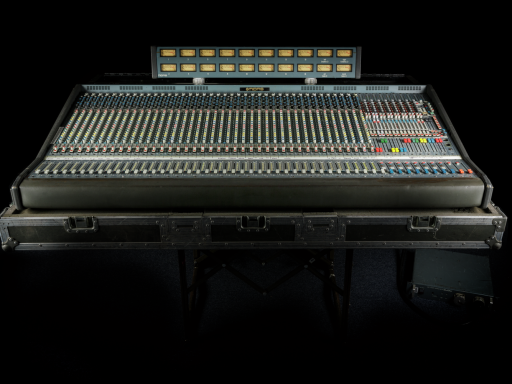Our world-class collection forms an enduring record of scientific, technological and medical achievements from across the globe. Come behind the scenes as we explore new object acquisitions and meet the conservation team.
Conservator Marisa Kalvins has been busy restoring damaged objects set to go on display in our upcoming Medicine Galleries, including this 18th century shaving bowl. She reveals more about the intricate process and explains why repairs are important to an object’s history.
Assistant Curator Esme Loukota unwraps the story of a rather unusual phonograph from our collection that was specially designed to play records made from chocolate.
250 years ago, on 5 January 1769, one of the UK’s most significant patents was granted. Curator Ben Russell takes up the story.
As 2018 draws to a close, we share a few fascinating objects which joined the collection this year.
In the run up to Christmas, Associate Curator Rupert Cole visits the Chemistry-Ghost of Christmas Past to explore how Victorians celebrated with science.
To celebrate 55 years since the first ever episode of Doctor Who, we look at five items from our collection from the iconic TV series.
After a hugely successful tour of the UK alongside the Soyuz TMA-19M, Tim Peake’s Sokol spacesuit is set to land at the National Space Centre in Leicester next summer.
On the centenary of the end of the Great War, photographer Judit Gyula uncovers a remarkable gramophone from the Western Front.
The spacesuit worn by the first Briton in space, Helen Sharman, goes back on display in our Exploring Space Gallery.
The Governor of the Bank of England, Mark Carney, visited the museum to announce that the new £50 note will celebrate the UK’s contribution to science.
In 1918, as the First World War ended and peace celebrations began, a new enemy emerged – the Spanish flu.
On 20 October 1868, Norman Lockyer discovered helium. Associate Curator of Chemistry Rupert Cole tells the story.











